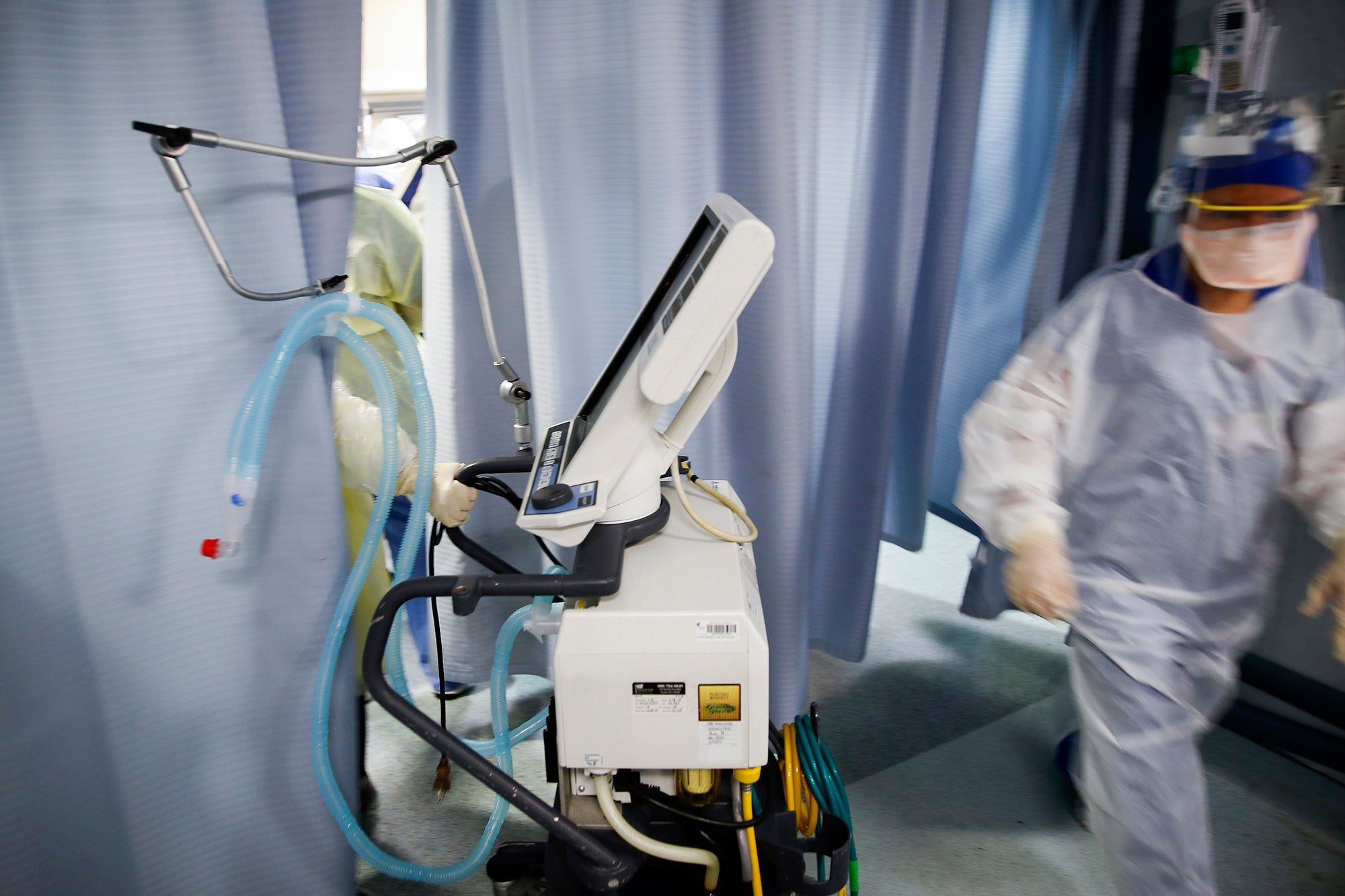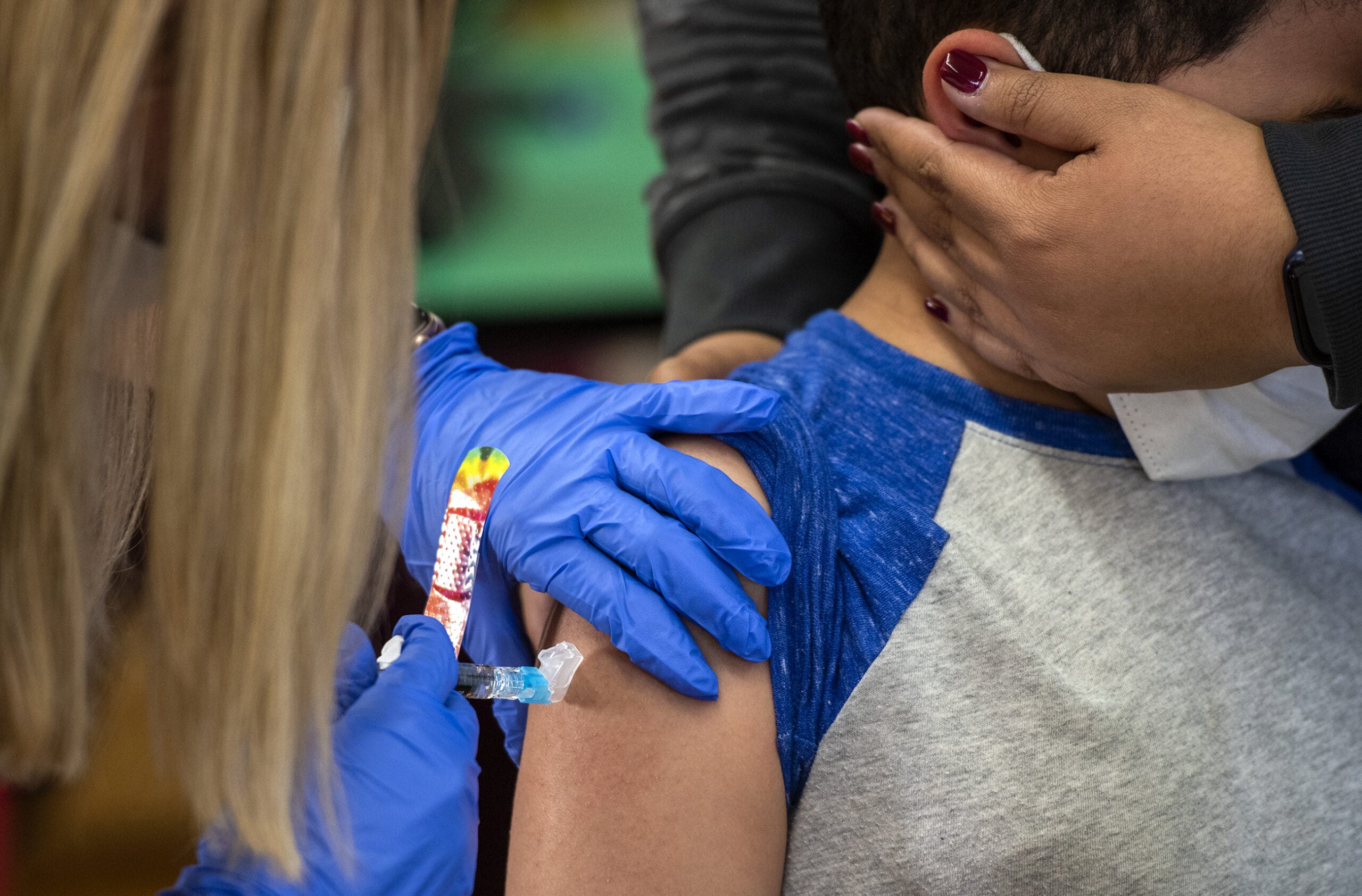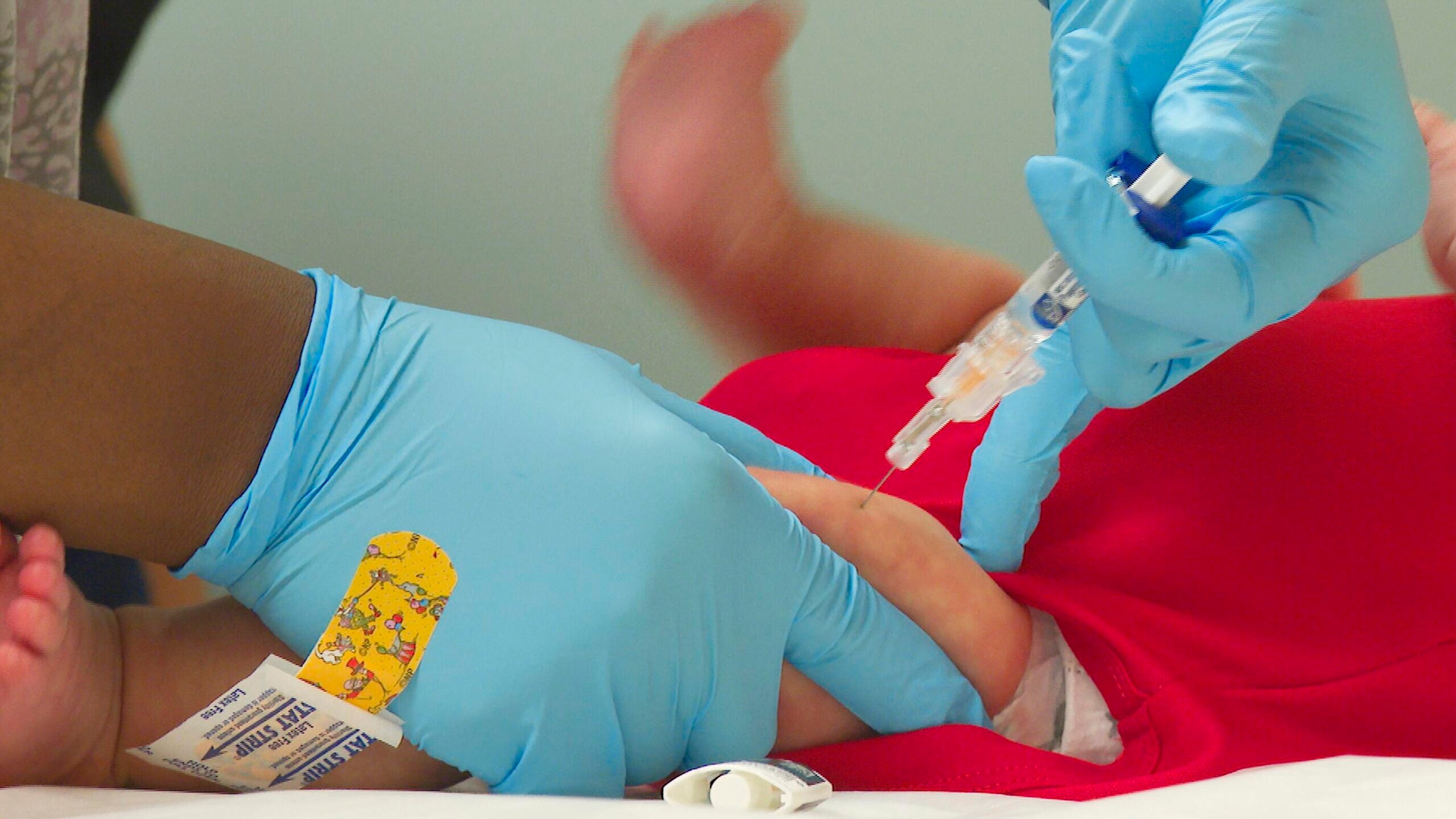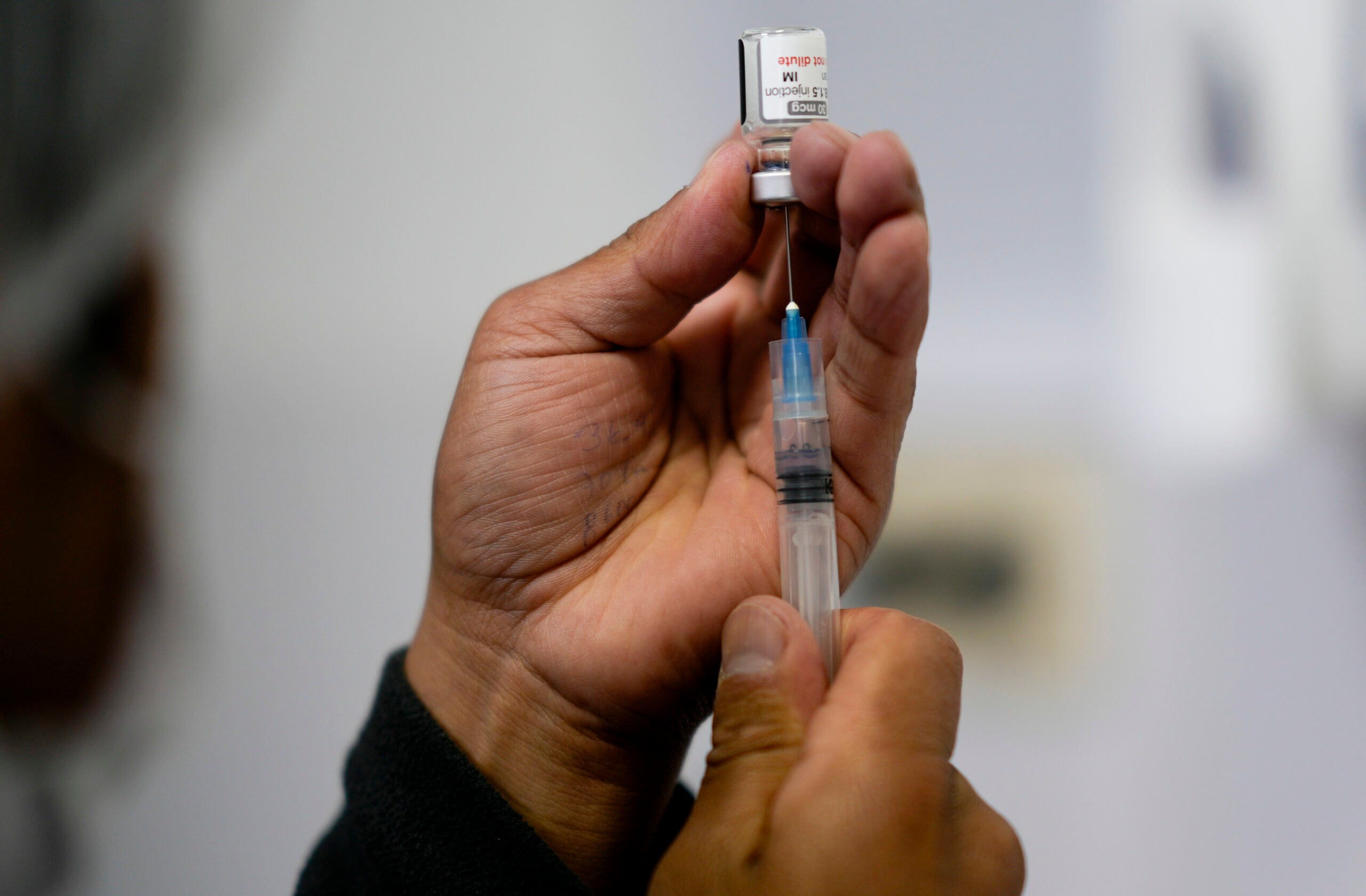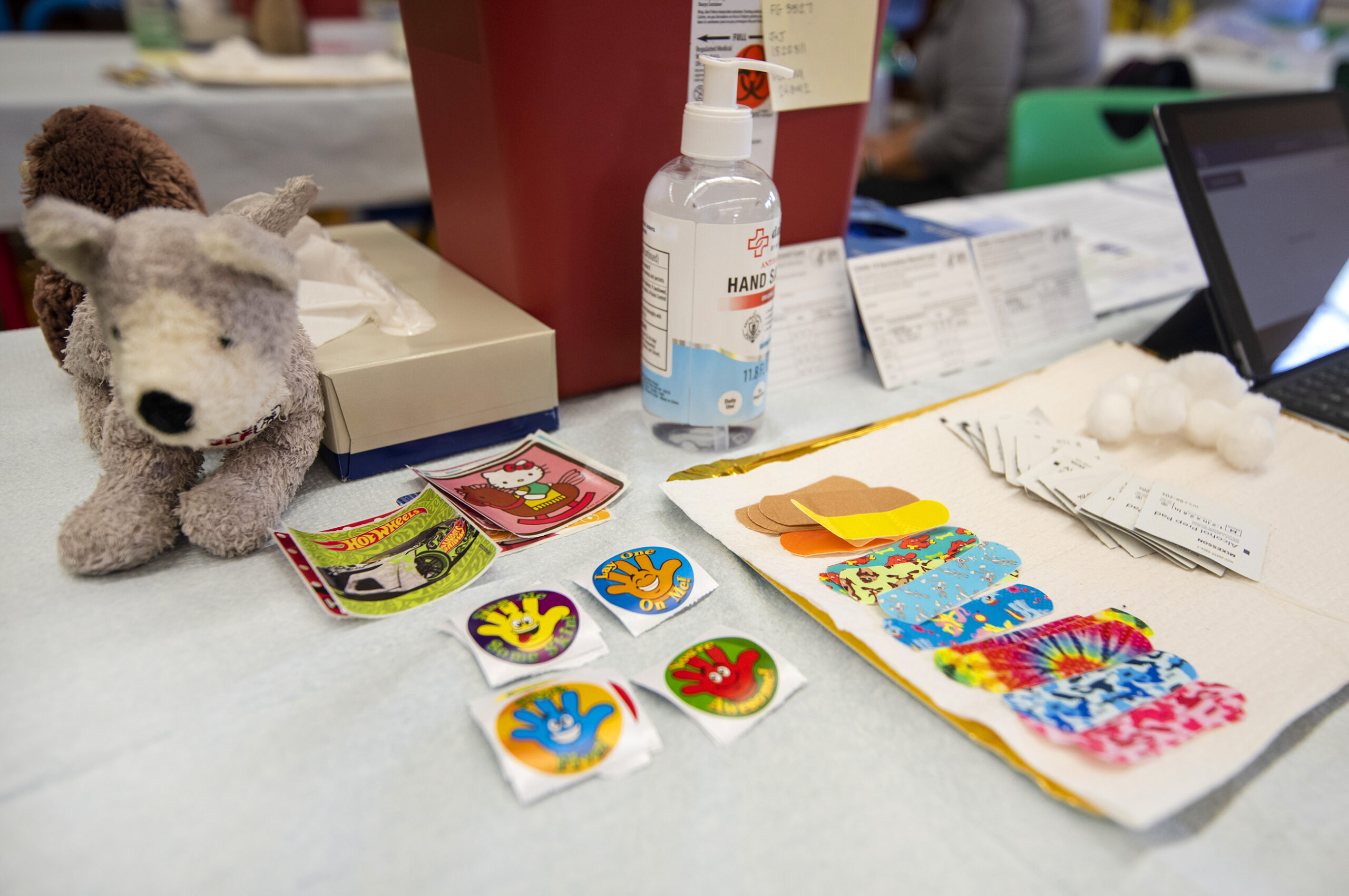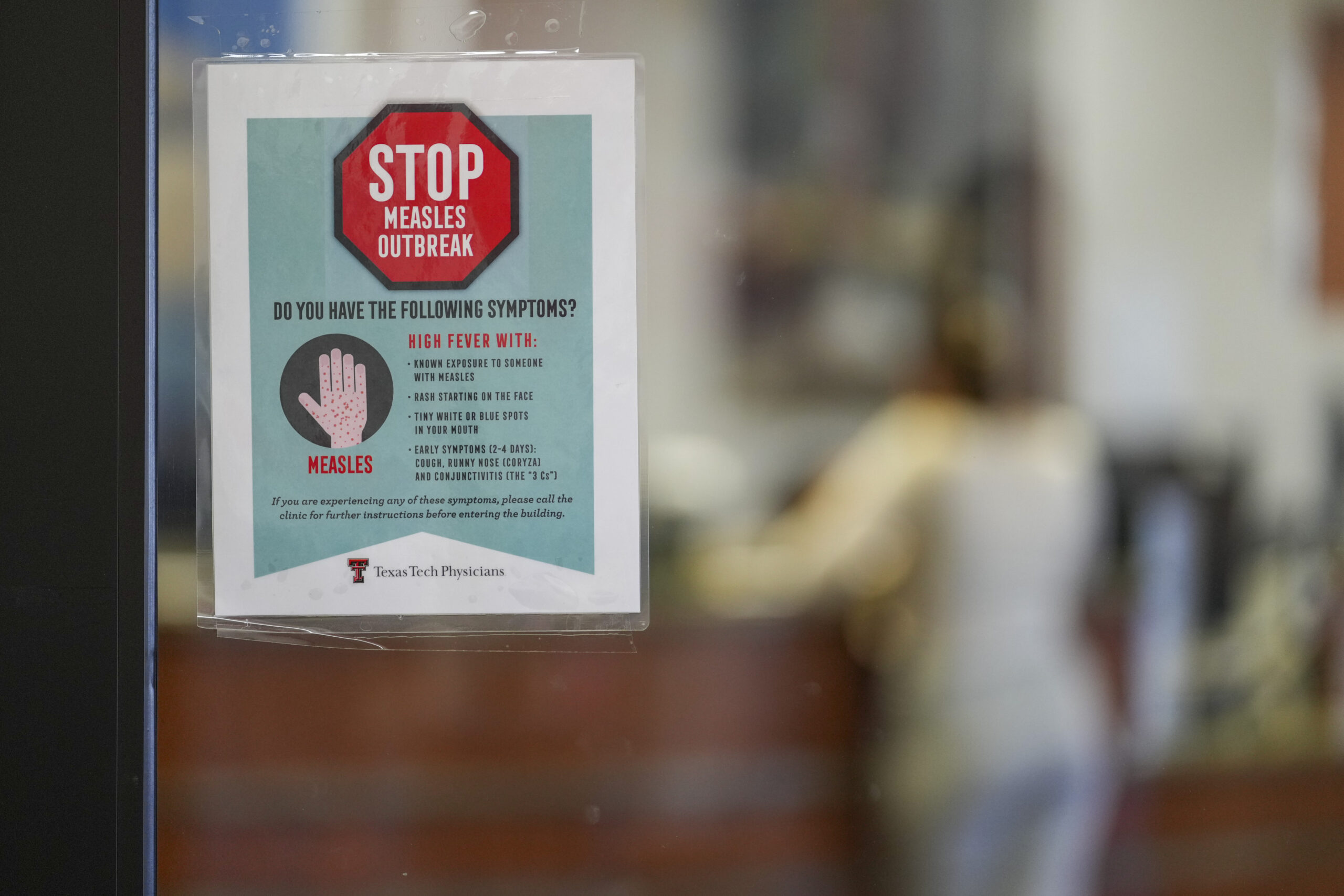New reports of COVID-19 cases are on the rise in Wisconsin, based on the latest data published by the state Department of Health Services.
DHS reported 7,048 new cases of the disease Wednesday, bringing the average for the past seven days to 5,984 daily cases. Daily new cases have been rising since early September, when the average was less than 700.
There were 62 new deaths from COVID-19 reported Wednesday. On Wednesday, 10,424 tested negative.
News with a little more humanity
WPR’s “Wisconsin Today” newsletter keeps you connected to the state you love without feeling overwhelmed. No paywall. No agenda. No corporate filter.
According to DHS, there were 2,102 COVID-19 patients hospitalized as of Wednesday. A total of 13,507 people have been hospitalized because of the disease, or 4.7 percent of all known positive cases.
The high numbers of patients hospitalized with COVID-19 has strained hospitals across the state, causing stress on health care workers and infrastructure, said Dr. Ryan Westergaard, the chief medical officer for DHS, in a panel discussion Wednesday hosted by Wisconsin Health News.
So far, Wisconsin hasn’t seen hospitals overwhelmed to the point that they are not able to care for non-COVID patients who require emergency medical help. Advances in medical treatments have also contributed to lowering the mortality rate, and as a result “the case fatality rate is kind of low, relative to what we’ve seen elsewhere,” Westergaard said.
“But there’s real danger,” he said. “We’re close to a tipping point, where this could get much worse quickly.”
That tipping point would come when hospitals and health systems are overwhelmed to the point that they cannot care for those who are seriously ill, whether with COVID-19 or other illnesses.
“We are truly all at risk if we have hospitals and health systems that aren’t able to be there for us when we need them,” Westergaard said.
Nearly 36 percent of people who got tested for COVID-19 over the past week were positive for the disease, according to DHS. That rate is at an all-time high.
The positivity rate is often read by public health officials as a measure of overall testing levels. A high rate could indicate that testing in the state is limited, and skewed toward those already flagged as potentially having COVID-19. A lower rate could indicate testing is more widespread. Changes in the test positivity rate can also speak to COVID-19’s spread, if the size and makeup of the testing pool stays consistent.
On Sept. 30, DHS also introduced an alternative positivity rate, one that measures the percentage of tests that are positive, instead of the percentage of people who get a positive result. The new metric takes into account people who have been tested multiple times. The seven-day average for that number is at 18 percent.
The latest figures bring the overall total of positive cases in Wisconsin to 285,891, according to DHS. A total of 2,457 people in Wisconsin have died from COVID-19. On Wednesday, Pepin County reported its first death, resulting in all 72 of the state’s counties to have reported at least one person who has died from COVID-19.
COVID-19 activity varies from county to county. The latest activity data from DHS, released Wednesday, showed all 72 Wisconsin counties had a “very high level” of COVID-19 activity.Wisconsin overall had a “very high” level of activity, according to DHS.
COVID-19 activity designations are based on the number of new cases per a county’s population over a 14-day period, as well as whether there’s an upward or downward trend in new cases.
As of last week, the north-central region of the state had the most new cases per capita, while western Wisconsin saw cases rise most rapidly.
Wisconsin’s daily testing capacity — based on the availability of test supplies and adequate staffing — has grown from 120 available lab tests in early March to 59,197 as of Wednesday. The number of actual people with new test results reported Wednesday was 17,472.
A total of 2,235,759 people have been tested over the course of the pandemic. Of those, 1,949,868 have tested negative.
___________________________
Wisconsin Public Radio, © Copyright 2025, Board of Regents of the University of Wisconsin System and Wisconsin Educational Communications Board.

